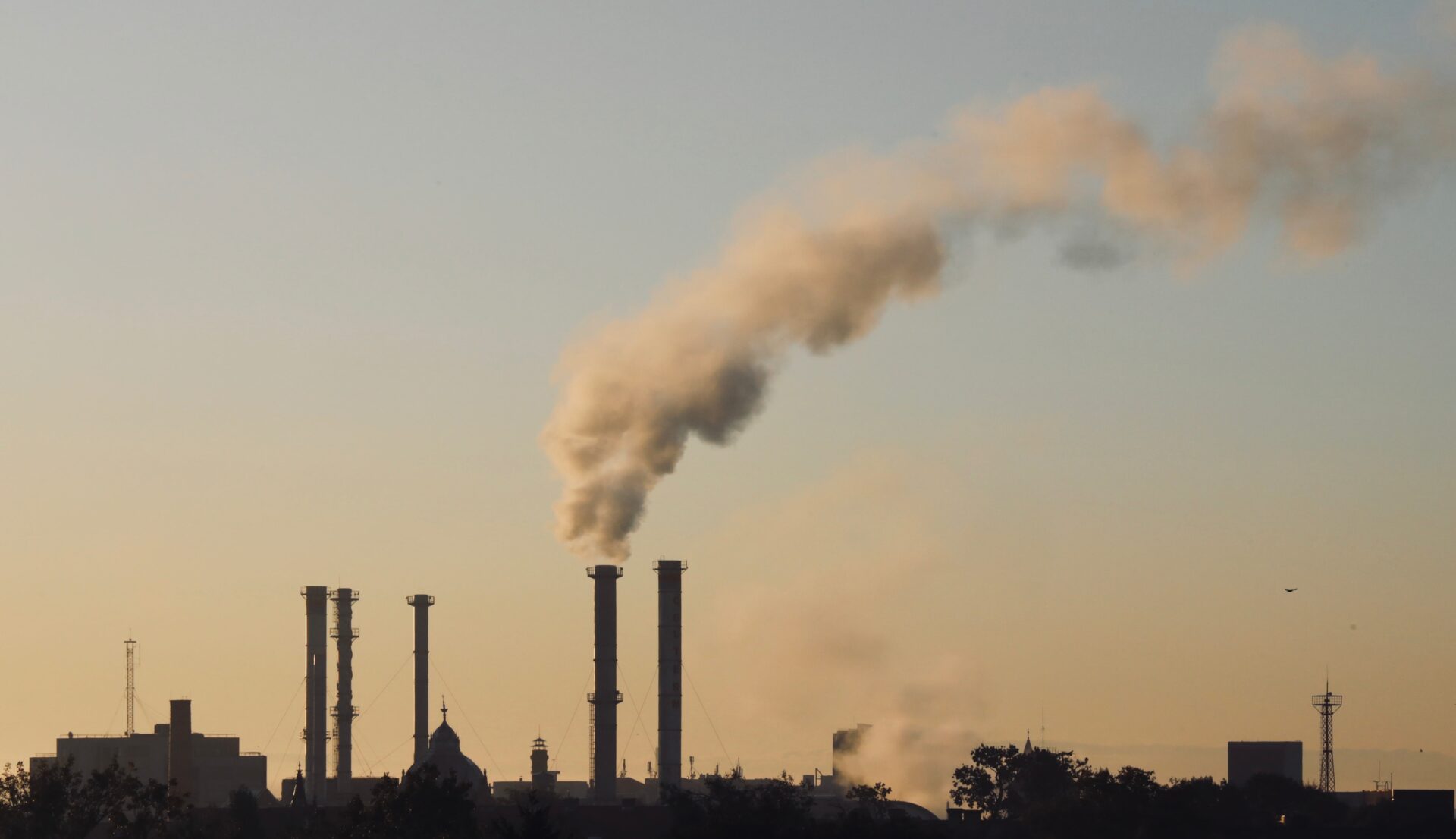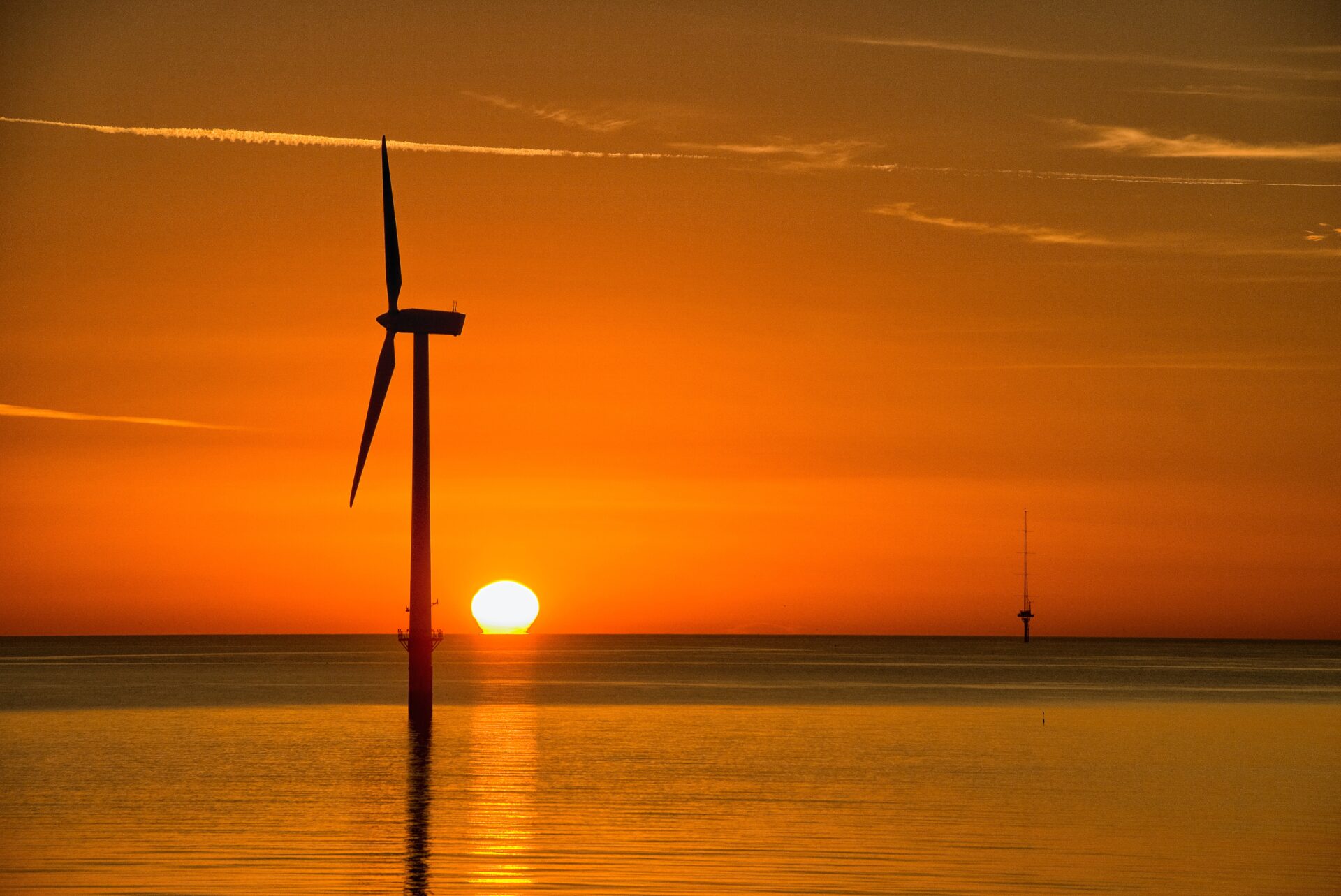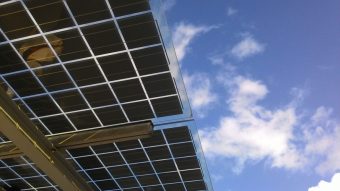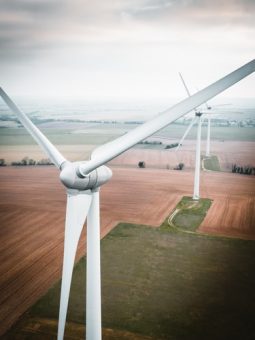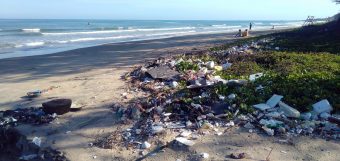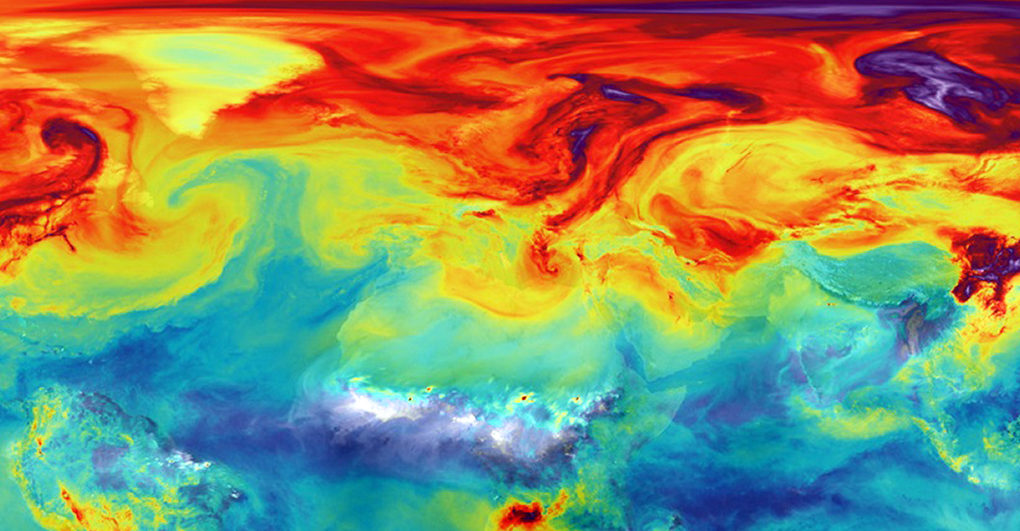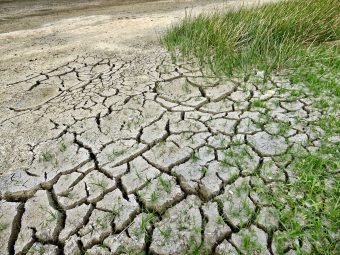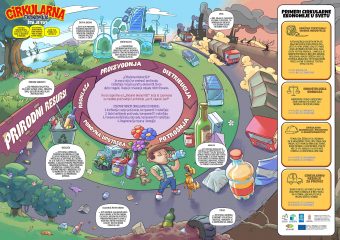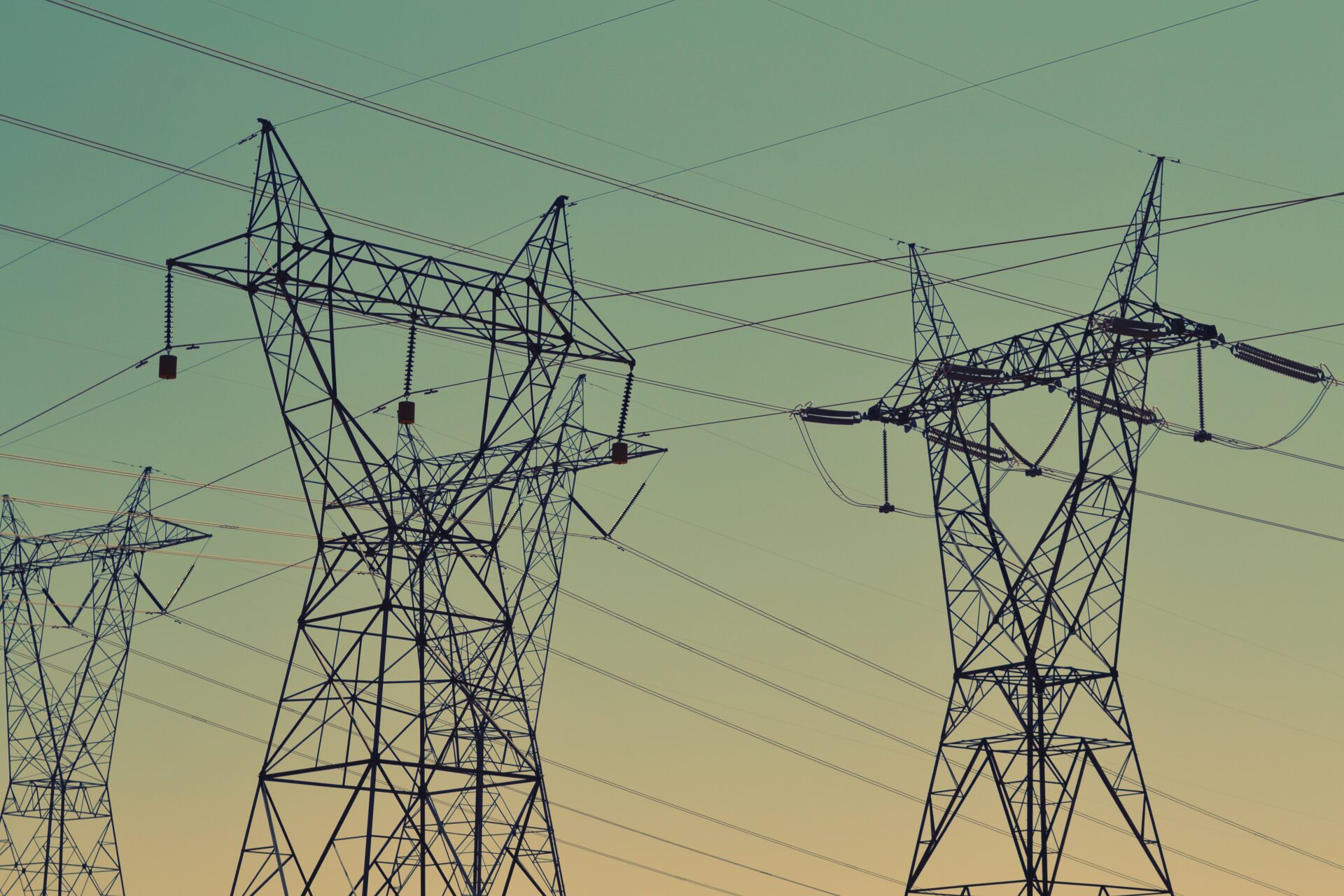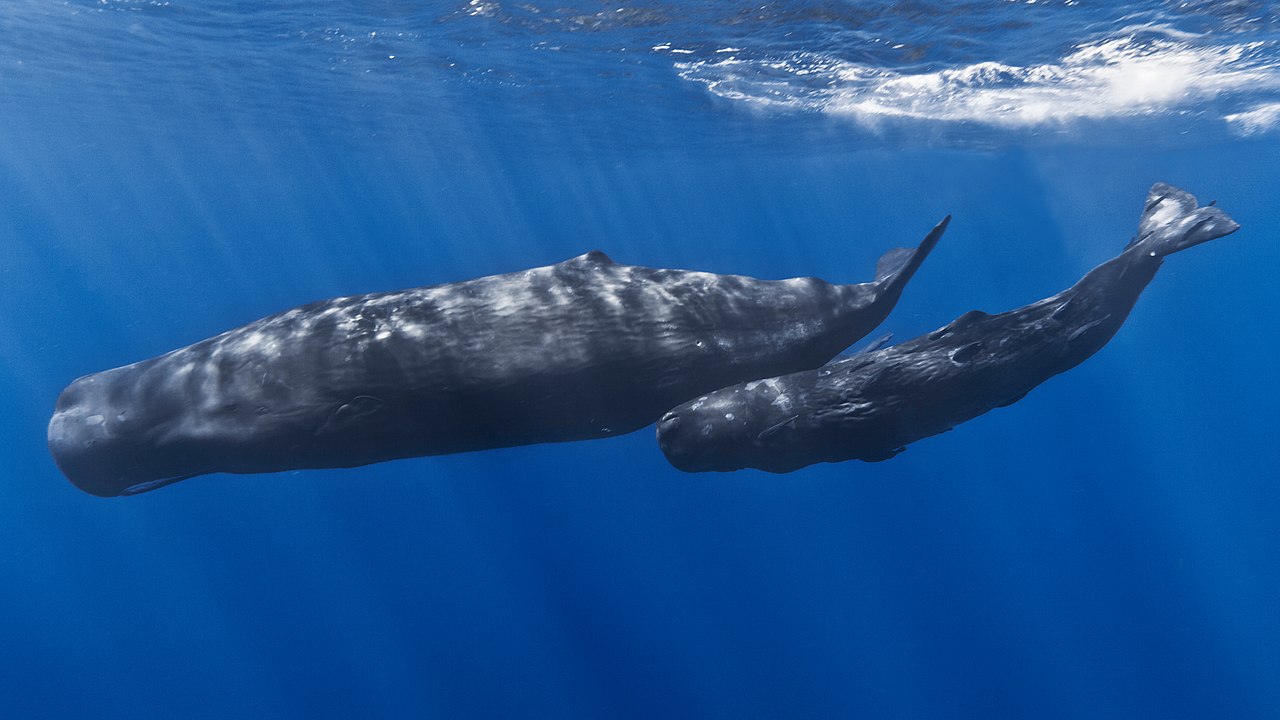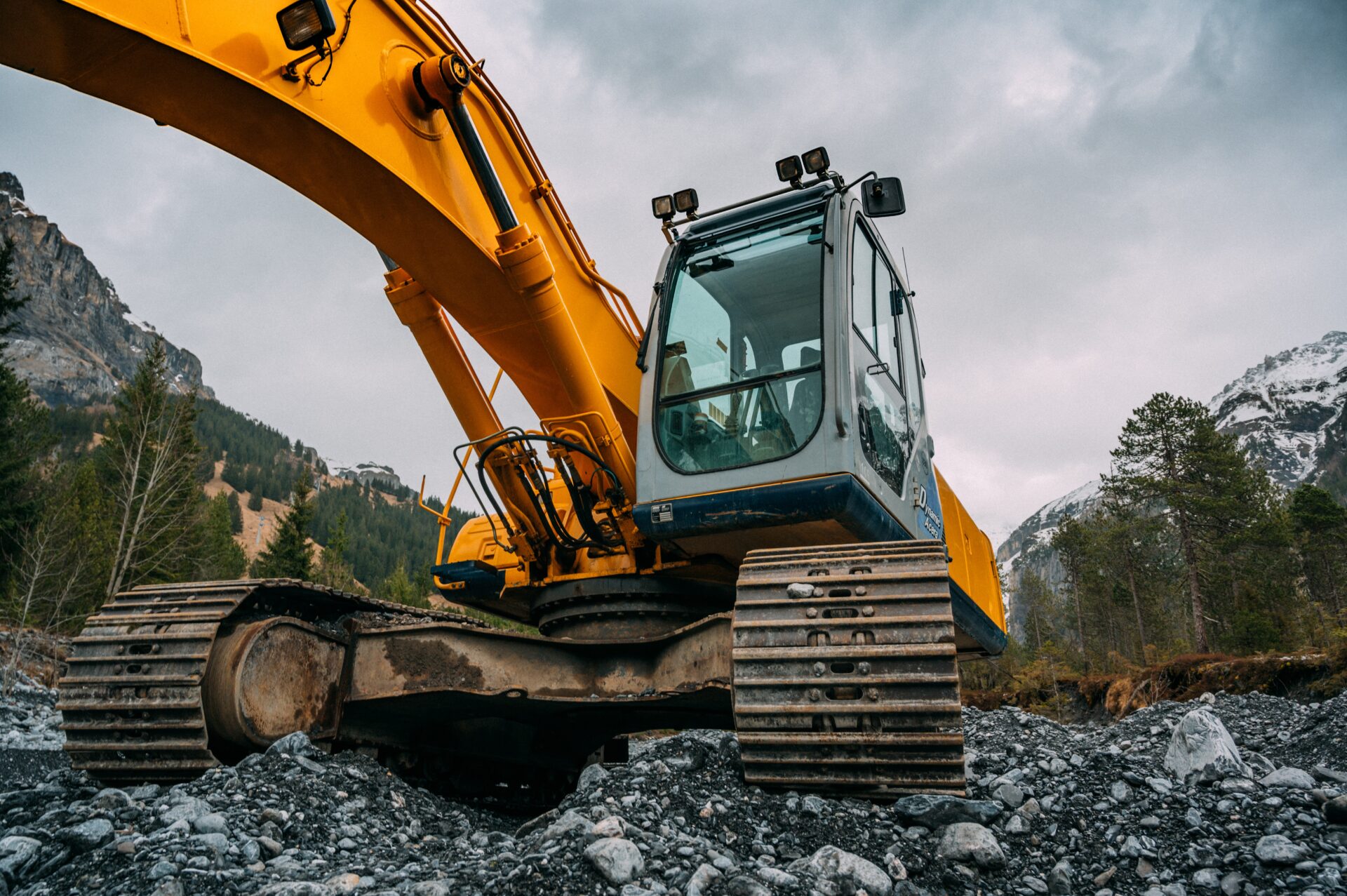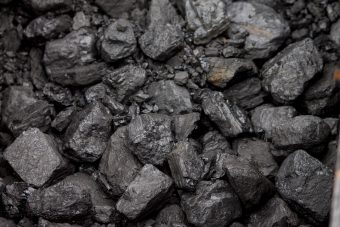
The world’s cities can play a central role to accelerate progress towards clean, low-carbon, resilient and inclusive energy systems. This idea is recognized by climate and energy ministers from G20 nations who will meet under the presidency of Italy in Naples to focus on steps that national governments can take to support urban areas to deploy solutions and technologies to reduce emissions.
New technologies and increased connectivity, as well as the sheer scale of the world’s metropolises, are opening up massive opportunities to optimise urban planning, improve services and extend access, while at the same time creating revenue streams, jobs and business ventures. In this context, the International Energy Agency developed a report at the request of the Italian G20 presidency to showcase the opportunities and challenges facing cities, and the actions that can be taken to support progress.
The IEA’s Empowering Cities for a Net Zero Future builds on extensive consultations with over 125 leading experts and organisations, and presents case studies from 100 cities in 40 countries. The examples illustrate the wide range of opportunities and solutions that can help city-level authorities make full use of efficient and smart energy systems.
At the same time, urban agglomerations are incubators for cutting-edge technologies, and their density and size offer economies of scale that can cut the cost of infrastructure and innovation. This mix of factors puts cities at the leading edge to come up with creative solutions to climate and energy challenges.
And with growing urbanisation trends, the central role of cities will keep increasing. Cities today account for more than 50 percent of the planet’s population, 80 percent of its economic output, two-thirds of global energy consumption and more than 70 percent of annual global carbon emissions. By 2050, more than 70 percent of the world’s population will live in cities, resulting in a massive demand growth for urban energy infrastructure.
More:
From smart street lamps to self-cooling buildings to smart electric car chargers, investing in city-level action can provide the biggest carbon-mitigation return on investment and accelerate inclusive clean energy transitions.
The new report contains a set of high-level recommendations to accelerate energy transitions and leverage the full potential of cities to reduce emissions thanks to digitalisation.
By 2024, an anticipated 83 billion connected devices and sensors will be creating large, diverse datasets on a wide range of topics, such as energy consumption, air quality, and traffic patterns. Next-generation energy systems can leverage the data from these connected buildings, appliances and transportation systems to reduce energy consumption, improve grid stability and better manage city services.
For example, digital simulations can show how different designs, technologies and equipment affect energy demand pathways and associated costs. The LA100 study, conducted by the U.S. National Renewable Energy Laboratory, points the way towards achieving a 100 percent renewables-supplied city by 2045. The study simulates thousands of buildings, using aerial scans, customer adoption models as well as utility planning tools to ensure power system stability, and estimates that these measures would avoid between USD 472 million and USD 1.55 billion in distribution network investments.
The electricity consumed in street lighting globally is equivalent to Germany’s total annual electricity consumption, and can constitute up to 65 percent of municipal electricity budgets. Yet only 3 percent of the globe’s 320 million street lighting poles are smart enabled, even though smart street lighting can reduce electricity use by up to 80 percent by adjusting output based on ambient light levels and weather. Smart street lamps can also monitor traffic, pedestrian crossings, and noise and air pollution, as well as incorporate electric car chargers and cell phone infrastructure.
India, under its National Street Lighting Programme, has reduced peak energy demand by more than 1000 MW thanks to 10 million smart LED streetlights. Digitalisation can also help improve maintenance. In Italy, an app developed by Enel X allows citizens to report street lighting faults using their smartphones.
To reduce congestion and greenhouse gas emissions, Jakarta’s Smart City initiative integrated public transport management and payment systems to help plan a more reliable, safe and affordable rapid bus transit system. Under PT JakLingko Indonesia, this comprehensive integration process increased the number of Transjakarta commuters from about 400 000 per day in December 2017 to just over 1 million per day in February 2020.
Vancouver, Canada, now requires every residential parking space in new developments to feature electricity outlets to charge electric vehicles. Meanwhile, digitalisation can shift around 60 percent of the generation capacity needed to charge these vehicles away from peak demand times. Smart traffic management systems can reduce congestion by 8 percent.
As economies recover from the Covid-19 pandemic, CO2 emissions are rebounding rapidly. The increase in global energy-related CO2 in 2021 could be the second largest in recorded history. Cities are the globe’s economic engine, and the solutions they seek can transform the energy landscape by creating new synergies to reduce emissions, improve energy efficiency, enhance resilience and provide a cleaner prosperous future for us all. Strong international cooperation and collaboration can play a crucial role in this, notably through emerging knowledge-sharing networks that span cities and countries.
New IEA report for the G20 Italy Presidency examines how cities can be a key to a net-zero emissions future as digitalisation opens up a range of new opportunities.
Source: IEA





